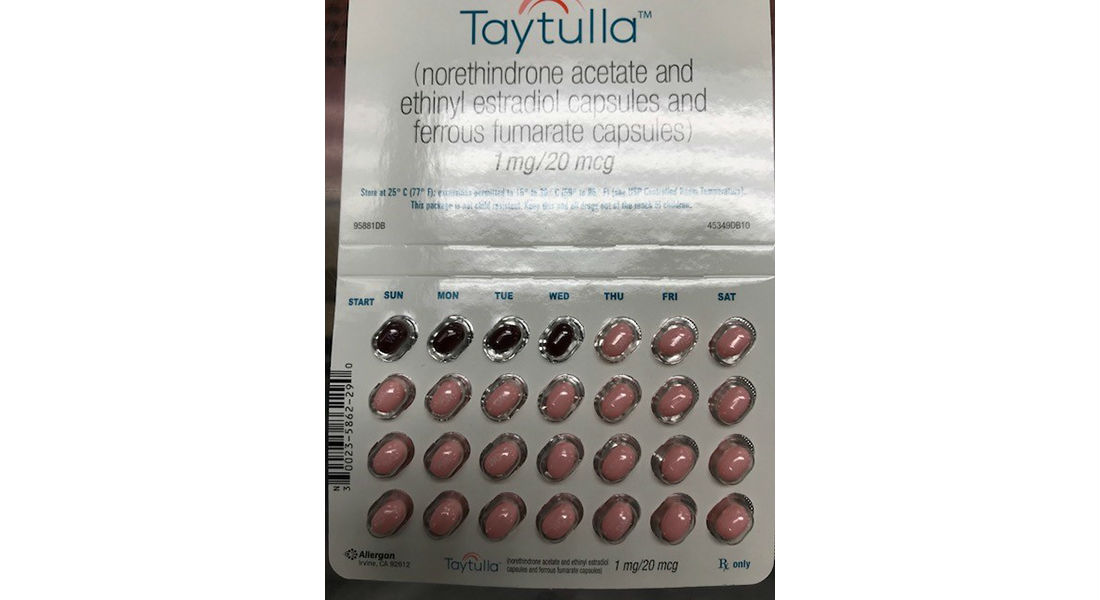What if a blood test could determine a pregnant woman’s chances of giving birth prematurely? This type of diagnostic may soon be in reach as investigators from Stanford University have identified blood biomarkers capable of accurately identifying women who will likely deliver their babies up to two months before their due date.
What’s more, the researchers say that another set of biomarkers could less-expensively date a woman’s pregnancy based on the gestational age of her fetus just as well as an ultrasound. The researchers published in their findings, which were supported by the March of Dimes, in the journal Science.
“This exciting cutting-edge research demonstrates why March of Dimes is investing in new ways to improve the health of moms and babies, especially to address the crisis of premature birth in this country and worldwide,” said Stacey D. Stewart, president of March of Dimes. “To date, no test on the market can reliably predict which pregnant moms will go on to preterm labor. March of Dimes is committed to finding new solutions and to giving all babies the best possible start in life.”
Around 15 million babies around the world are born prematurely and this number is growing in the US. As of 2017, the preterm birth rate in the US reached 9.93 percent, representing an increase of 0.07 percent over the previous year. As doctors have no accurate method to predict premature birth, mothers which might benefit from early interventions are not reliably identified.
“By measuring cell-free RNA in the circulation of the mother, we can observe changing patterns of gene activity that happen normally during pregnancy and identify disruptions in the patterns that may signal to doctors that unhealthy circumstances like preterm labor and birth are likely to occur,” said Dr. David K. Stevenson, the principal investigator of the March of Dimes Prematurity Research Center at Stanford University. “With further study, we might be able to identify specific genes and gene pathways that could reveal some of the underlying causes of preterm birth and suggest potential targets for interventions to prevent it.”
In a group of women at an increased risk of delivering their babies early, the researchers found that a group of cell-free RNA (cfRNA) transcripts could accurately identify those who would later go on to give birth up to two months before their due date. In another study of healthy women, nine cfRNA transcripts were able to act as a “transcriptomic clock of pregnancy” to predict gestational age as accurately as ultrasound.
Despite the promising findings, the clinical utility of the biomarkers will need to be further assessed in larger clinical trials before the diagnostic will be made available to pregnant women.










Join or login to leave a comment
JOIN LOGIN